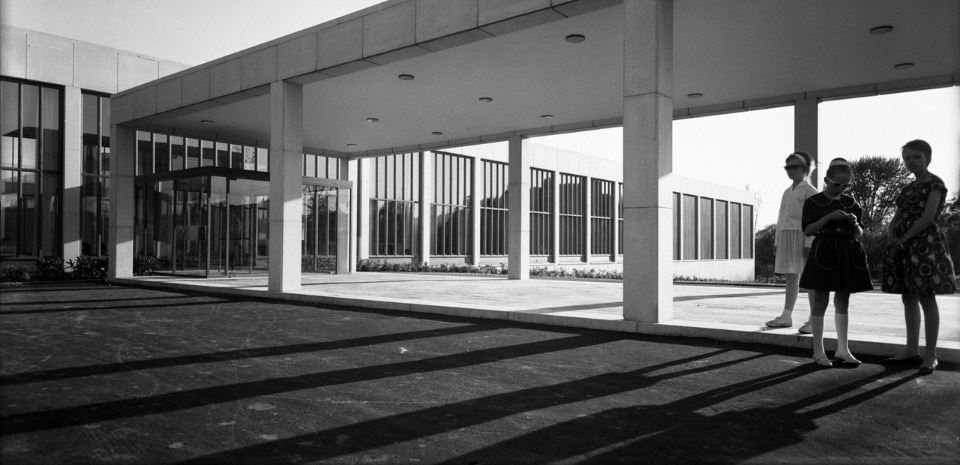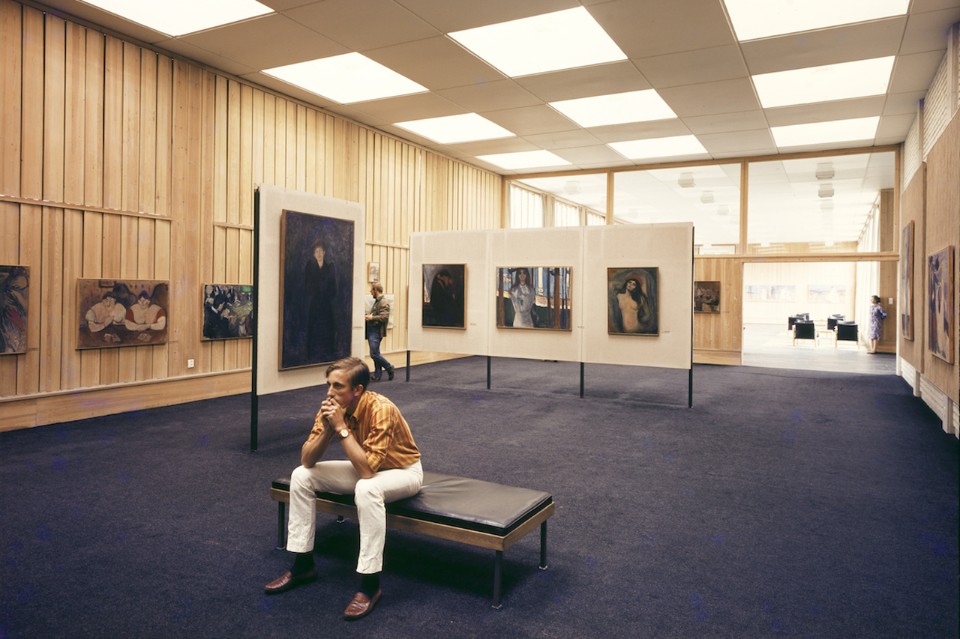
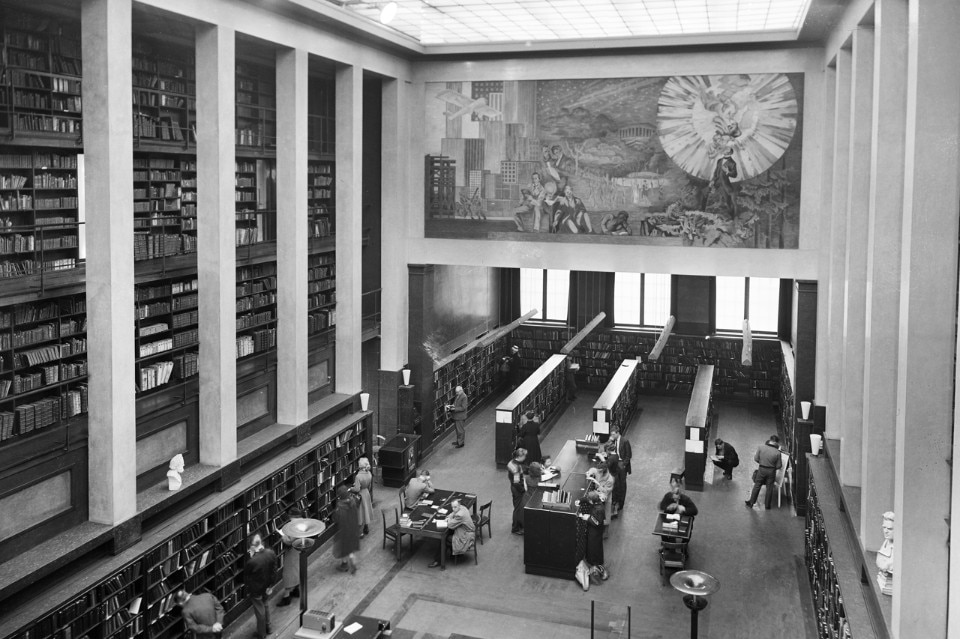
Today Oslo faces a historic challenge. An increasing number of the city’s historical buildings are being abandoned and face closure as cultural and social institutions relocate to new, custombuilt structures. The astonishing pace at which this is happening not only leaves behind a trace of buildings reduced to empty shells, but also drains traditional neighbourhoods of their biggest architectural and institutional assets.
It is no coincidence that so many of the city’s significant buildings are being vacated in such a short span of time. The same factors are usually at play: real and imagined growing pains of the respective institutions, political visions of culture as a magnet for tourism and investment opportunities and a strong belief in contemporary architecture as a solution to institutional challenges. These trends are intrinsically linked to a period of explosive economic growth, which has created a political climate in which fast-paced public expenditure on new cultural buildings has become commonplace.
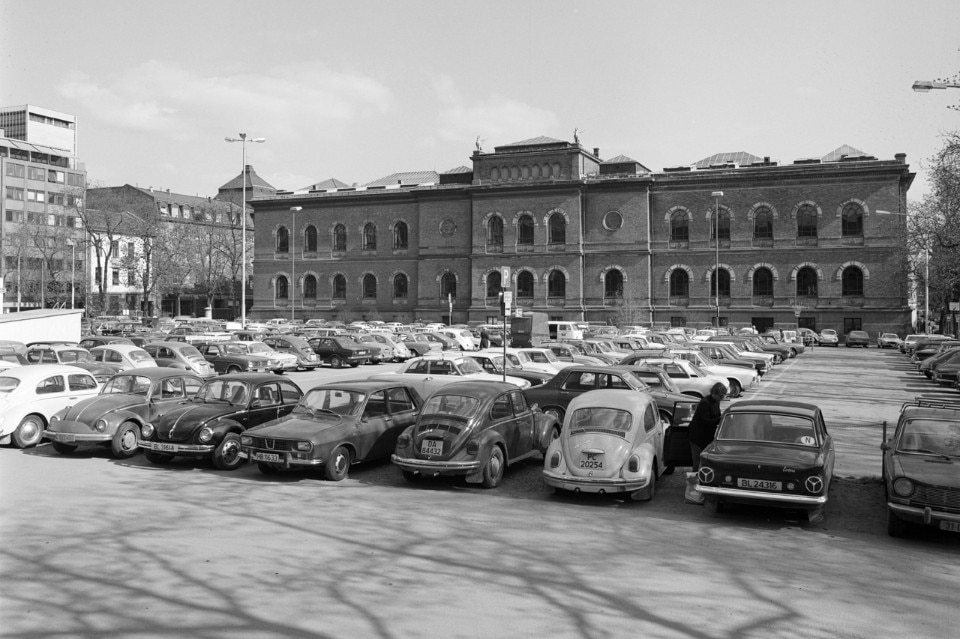
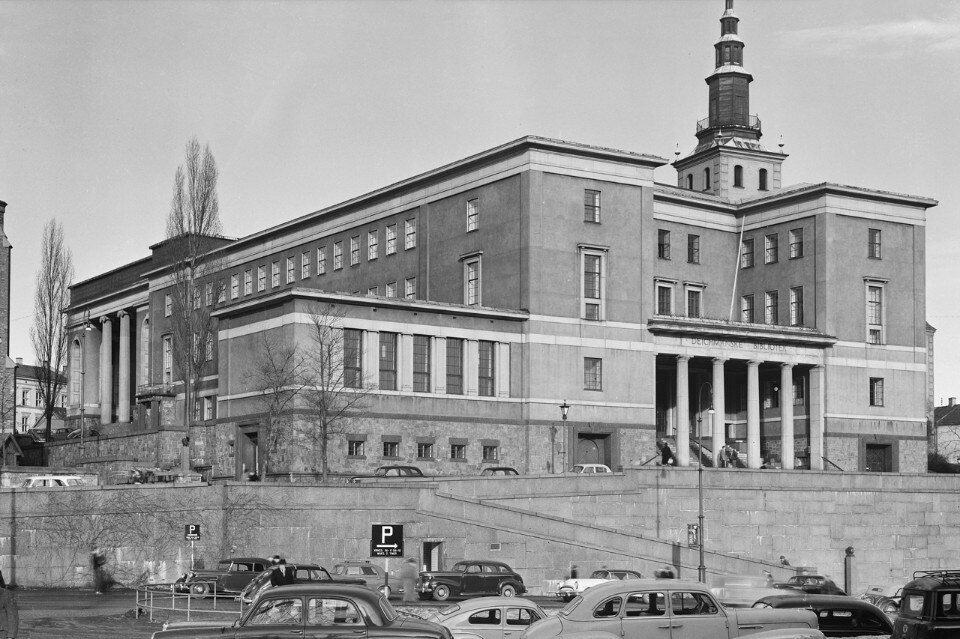
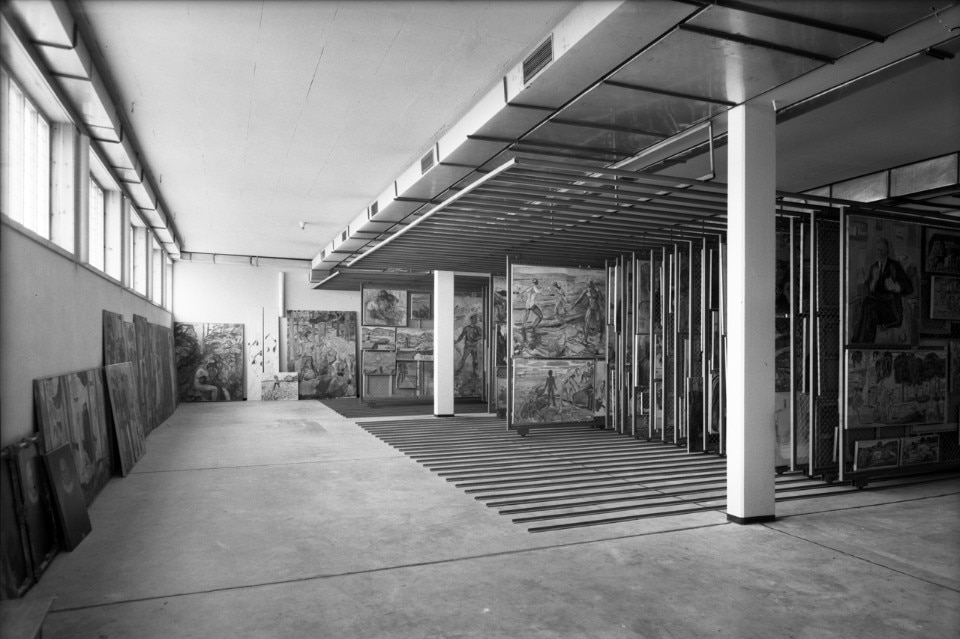
21 January – 18 March
City of Dislocation
Part I: Consolidate or Die
Oslo Pilot Project Room
Prinsens Gate 2, Oslo


